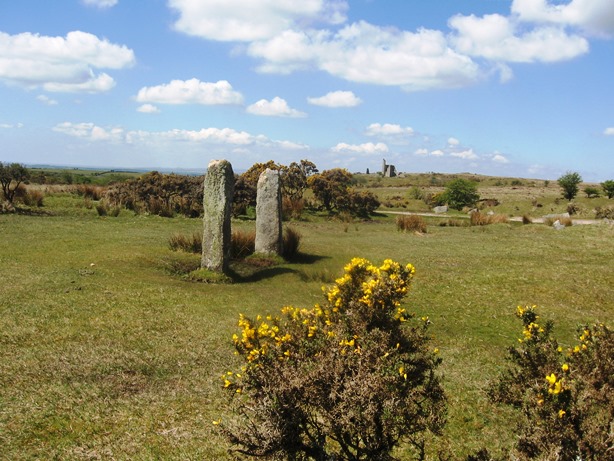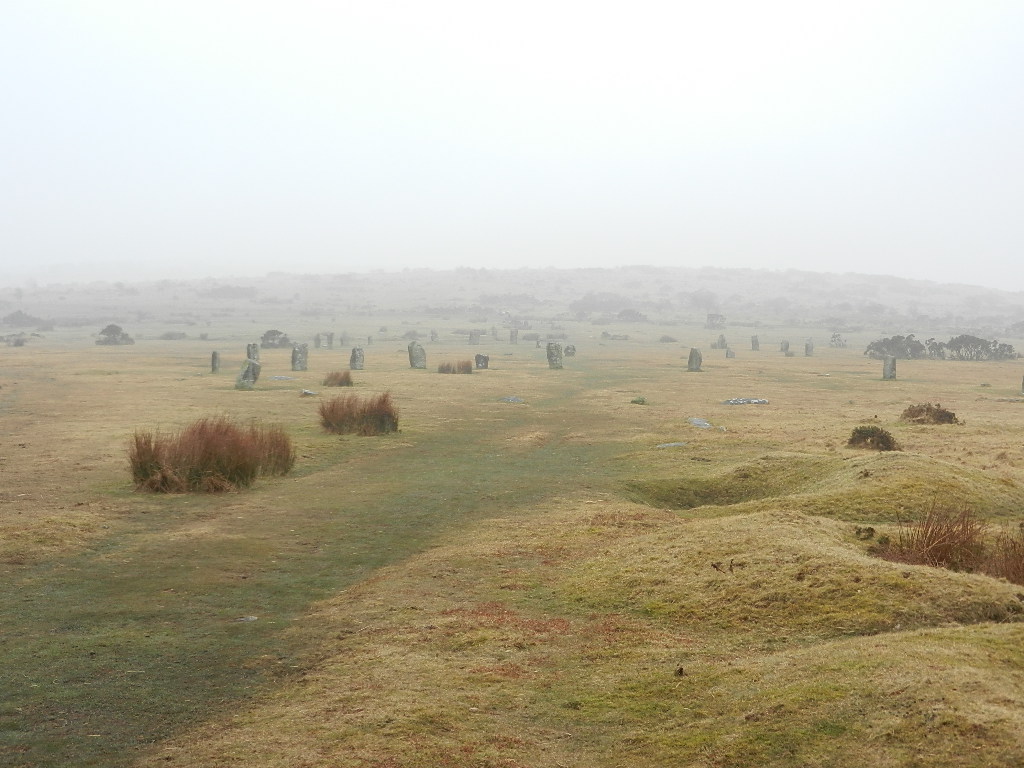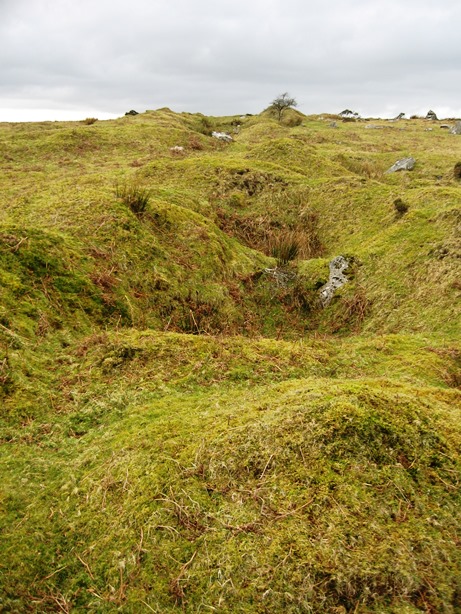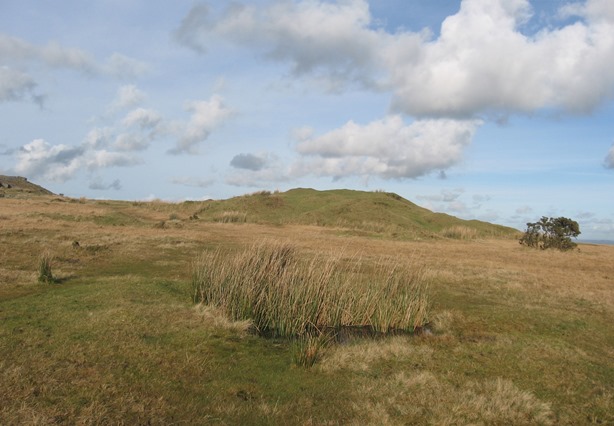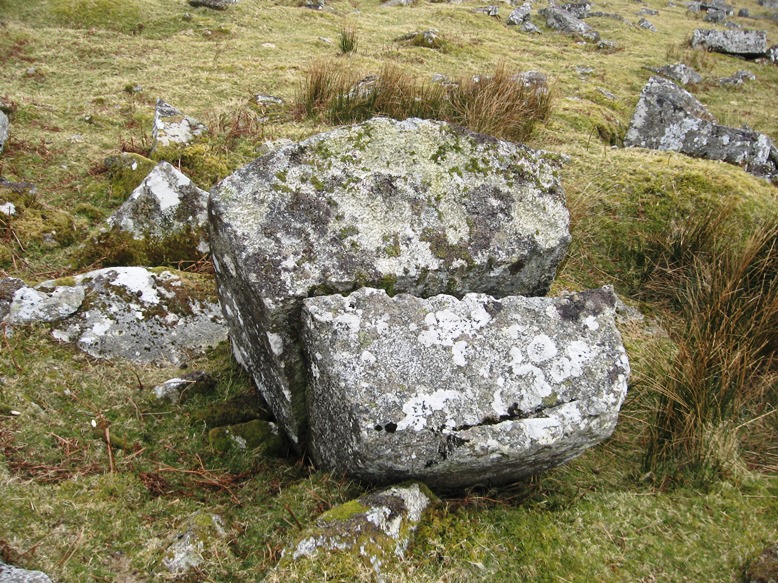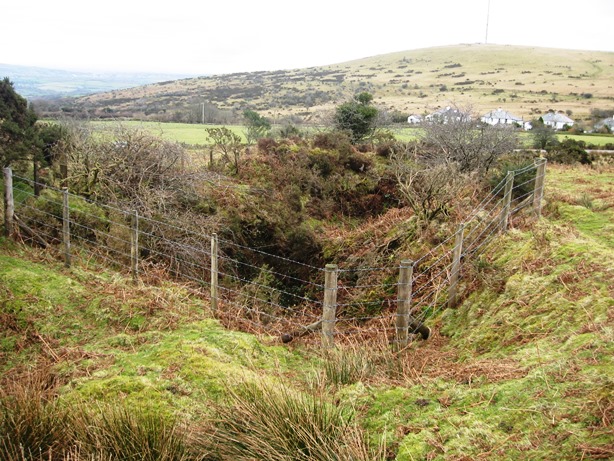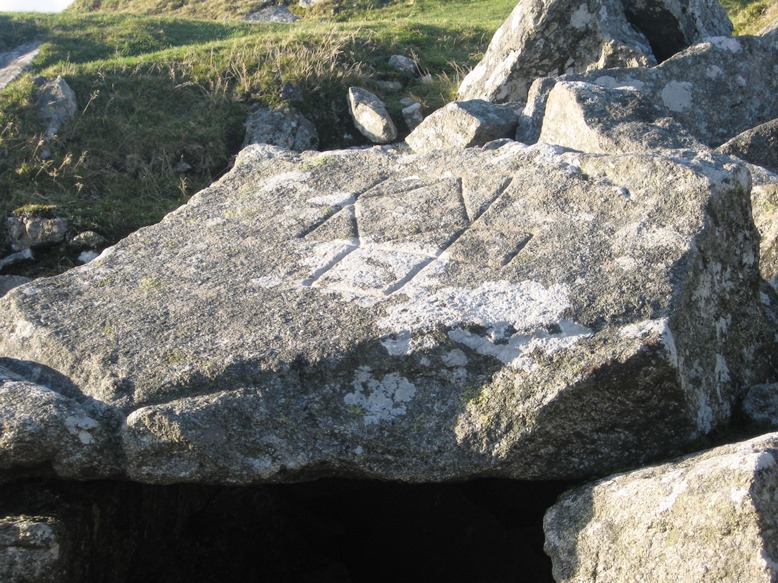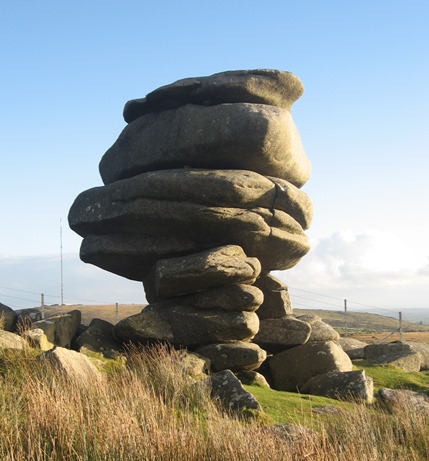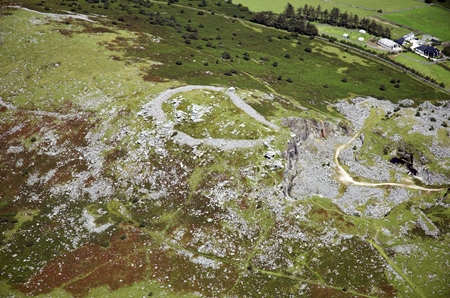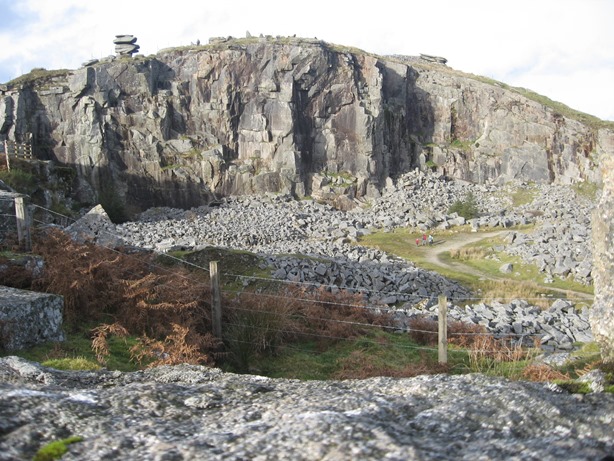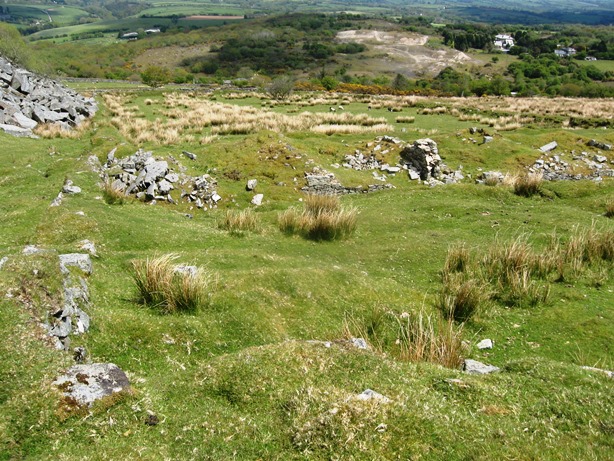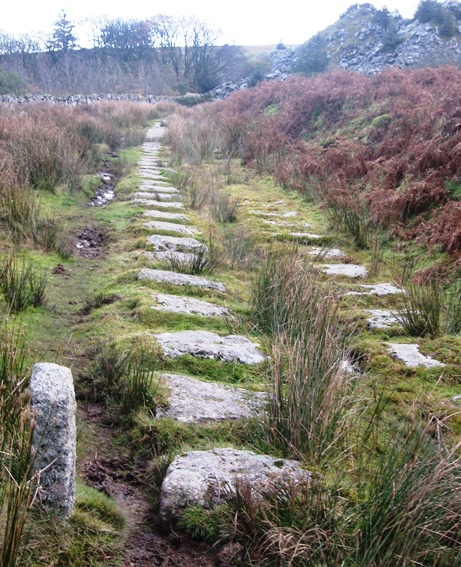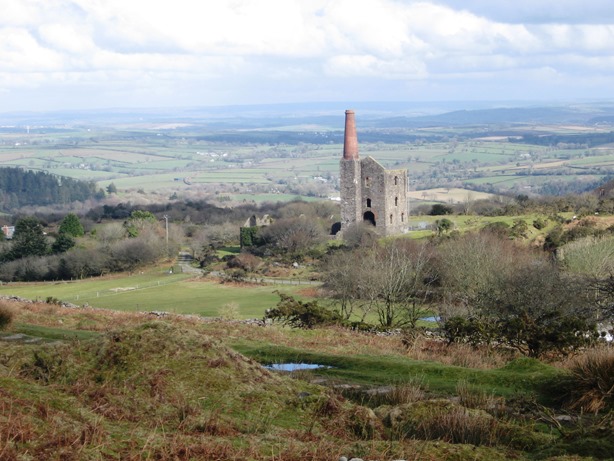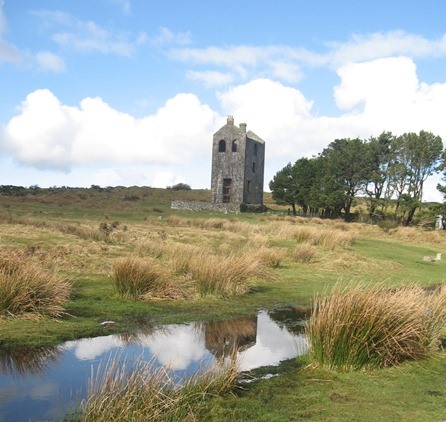On this walk so far we have seen much evidence of mining ores and quarrying rock. As demand for both copper ore and granite grew, the mine and quarry companies faced increasing problems of transportation. The muddy lanes of the area were quite unsuitable for transporting heavy and bulky loads of ore and rock. Horse drawn carts were liable to get stuck in the mud. The potential productivity of the rich mines on the side of Caradon Hill forced local quarry owners to look for a solution.
In 1827 a canal had been constructed linking nearby Liskeard with the coastal town of Looe. It was proposed that a railway should be built from Caradon to meet the canal at Liskeard, thus connecting the mines with the sea. The line of the railway was cleverly surveyed, allowing trucks to ‘freewheel’ down to the canal and then be pulled back up by horses. This was called The Liskeard and Caradon Railway.
Once the railway was in place, extensions to the mines and the quarries could begin. Mineral ore, granite and farm produce was taken down and coal, iron, machinery and timber was brought up. It became a very profitable business.
Steam locomotives were introduced onto this railway network in about 1860, making it easier to transport the great boilers, beams and machinery needed for the mines. The owners of the Cheesewring Granite Company followed suit and laid down a network of railway lines in this area around Minions to serve the various mines and quarries. Without these trackways neither the mines nor the quarries would have been so successful.
This wide path we’re walking on now was once part of this railway network. Take a closer look at the rows of granite blocks, known as ‘setts’, with pairs of holes drilled in them. You might need to look closely to see the holes as they are overgrown with lichen. These setts carried the rails in the same way as the more modern sleepers do.
There are other bits of evidence of the railway to spot if you are observant; for example, small pillars marked with numbers at intervals beside the track. These indicate the distance from Minions and were used for calculating the tolls to be charged for using the railway.
As we have already heard, the demand for copper and granite from this area rapidly declined at the end of the nineteenth century due to cheaper and more readily-accessible minerals found elsewhere. Mines began to close. By the beginning of the twentieth century the railways were largely redundant and by 1917 rails were being lifted.
It now takes some stretch of the imagination to picture this whole area being criss-crossed with railway lines, sidings, loading quays and railway sheds. But this is just one more part of the story of this fascinating area that was once such a hive of industrial activity. It is now one of the most remote and peaceful places in the country.
Directions
Turn towards the Caradon mast and follow the railway track for just over half a mile, enjoying the luxuriant views (if the weather is clear). Stop when you reach an obvious fork, with the railway track continuing ahead and a track going to the left down beside a stone wall. On the right of the track is a small stone marked with the number two indicating it is the second toll marker from Minions.
Follow the lower path beside the wall down to South Phoenix Farm and onto a road. About 100 metres down from the farm is a public footpath that leads to South Phoenix Mine engine house.

